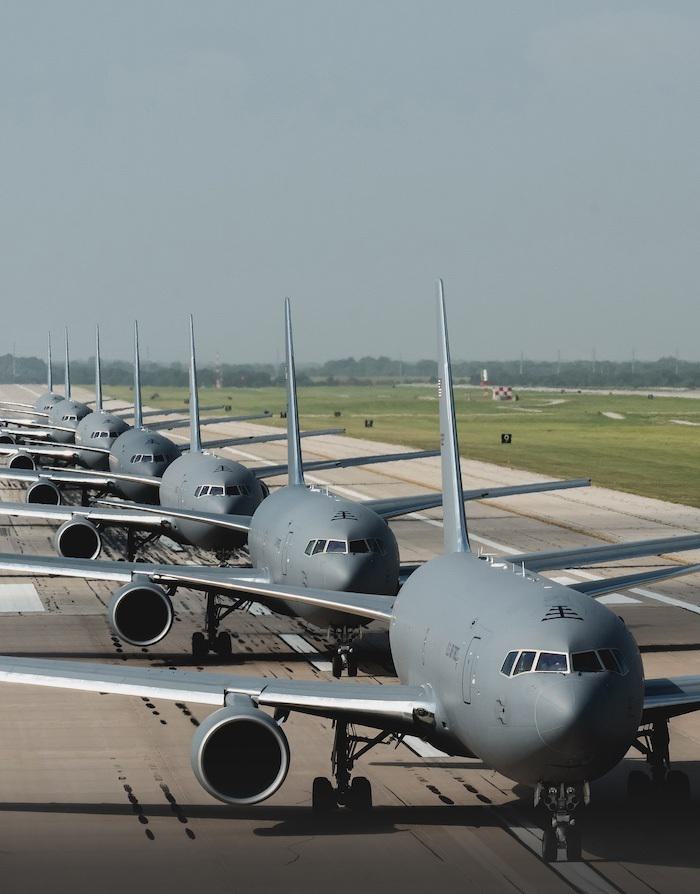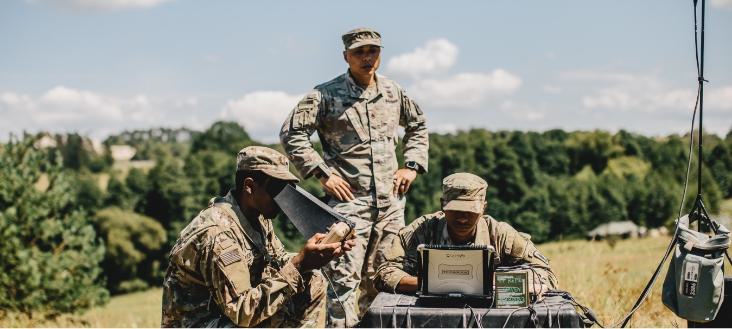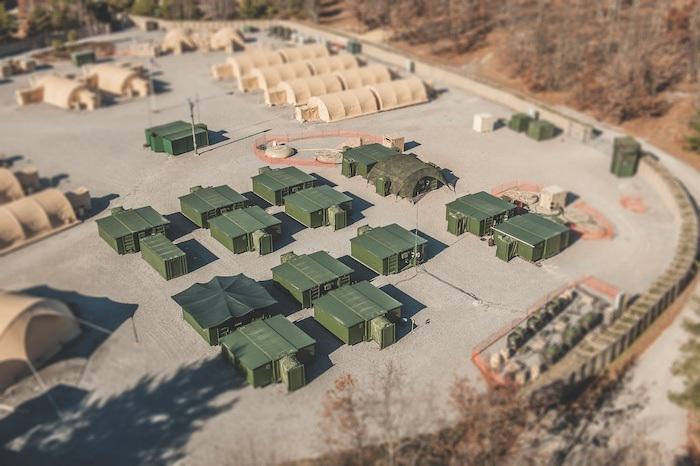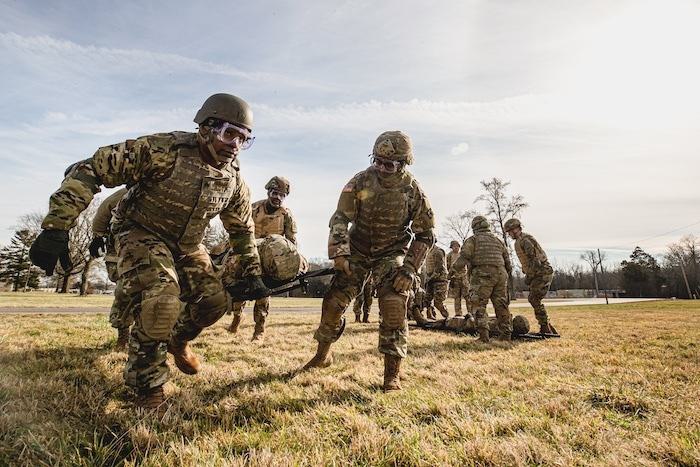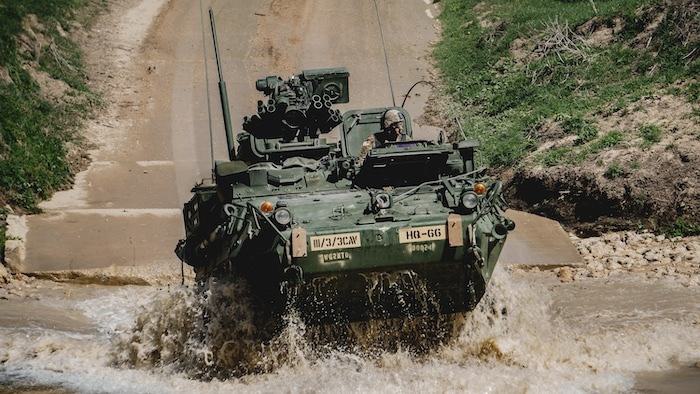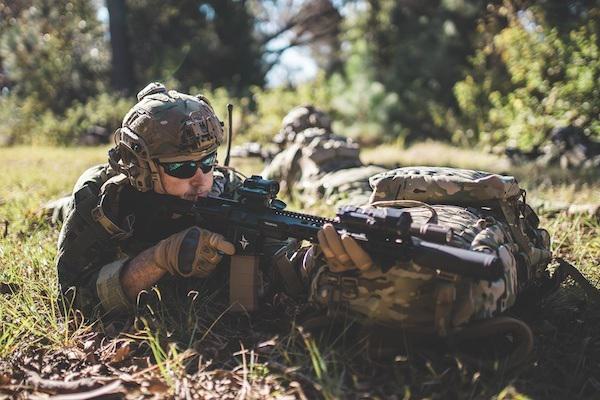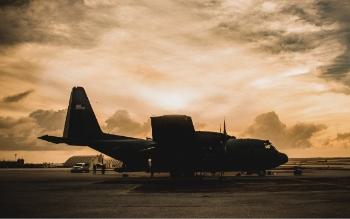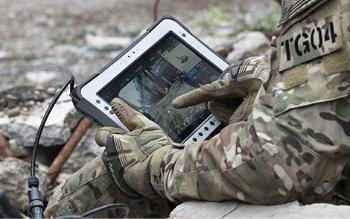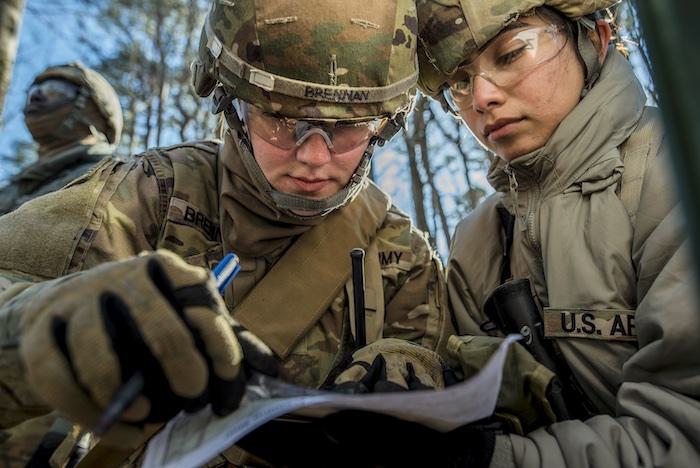
The Technology Behind Unmanned Aircraft Systems (UAS)
WHAT ARE UNMANNED AIRCRAFT SYSTEMS (UAS)?
UAS’s are known by many names: unmanned aircraft systems, unmanned aerial systems, and most commonly, drones.
UAS devices are remotely operated aircraft that allow for communication, data collection, Intelligence, Surveillance, and Reconnaissance (ISR) and many other diverse purposes.
UAS are typically divided into two groups—UAV (Unmanned Aerial Vehicle) also known as RPA (Remotely Piloted Vehicle), and sUAS (small unmanned aircraft systems). UAS, UAV, RPA, and sUAS are commonly referred to as drones. UAVs are typically much larger and complex than sUAS.
UAS of any size can be used in a variety of settings, from recreational use, civil UAS operations and government UAS operations.

UAS DRONE TECHNOLOGY: HOW UNMANNED AIRCRAFT SYSTEMS WORK
In the 1930s, the military began taking note of the powerful potential of UAS technology and began developing them for war-time purposes. Today, the technology behind UAS drones has expanded, allowing the military to utilize them for stealth surveillance and reconnaissance efforts.
Learn more about how the U.S. military is countering UAS systems here.
How did we get here? The technology behind unmanned aircraft systems is sophisticated and ever-evolving. Depending on the type and size of the unmanned aircraft system, their technology can vary greatly. Check out some of the highlights here.
UAS PHOTOGRAPHY AND VIDEOGRAPHY
As one of the most widely used applications of unmanned aircraft systems, photo and video capabilities are a key element of UAS technology.
There are a variety of cameras used across UAS systems, including:
- HD cameras
- Go Pro cameras
- Embedded cameras
- Thermal and Infrared cameras
UAS SENSORS
The sensor of an unmanned aircraft system provides information about the internal aircraft state and external areas, such as terrain and imaging capabilities.
Sensors also contribute to collision avoidance and flight path autonomy, so UAS will automatically avoid other objects in their flight path.
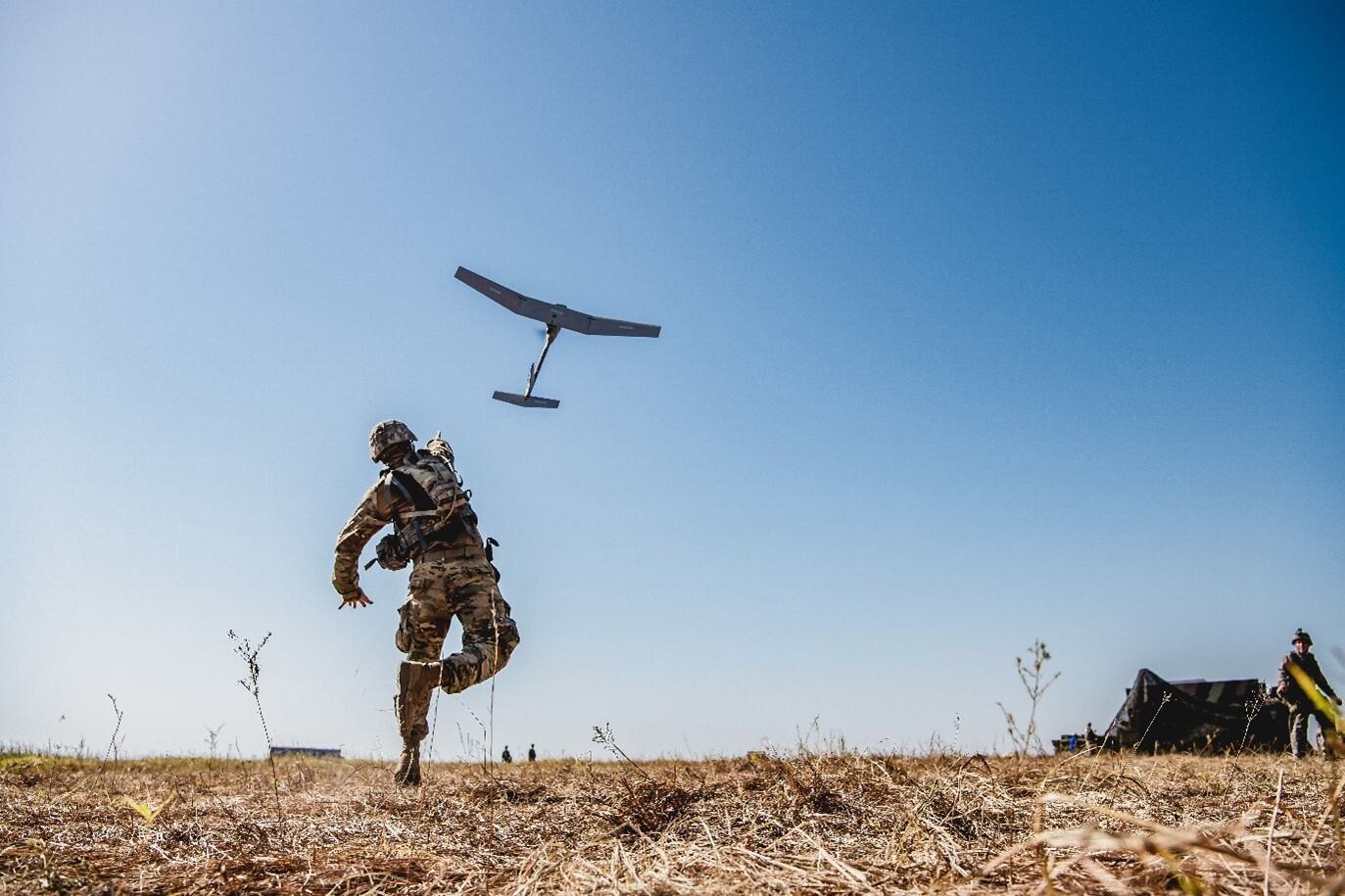
UAS FLIGHT CONTROL
The core benefit of UAS is that they allow for aerial views and navigation without the need for large, expensive, and time-consuming aircrafts that carry crew.
Given this, UAS operators or systems must control the flight of unmanned aircraft systems from the ground. The flight control capabilities of UAS’s are advanced and able to be customized or automated, depending on your device.
In certain systems, UAS’s can incorporate data from their sensors to account for flight paths in areas such as altitude, wind, and potential crash risks.
UAS COMMUNICATION
Unmanned aircraft systems require specific technology to allow for information sharing both to and from the military drone operator.
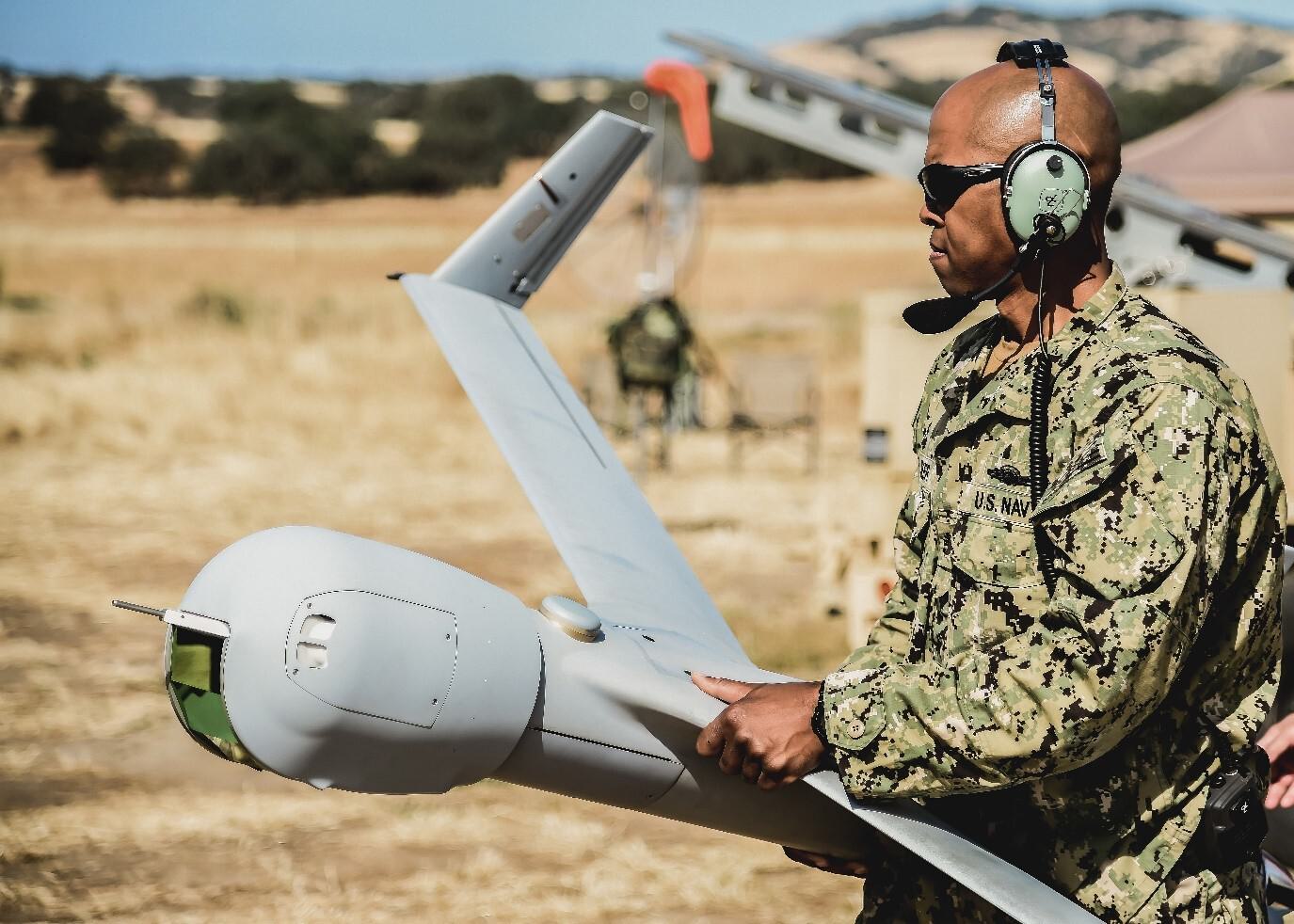
In many modern UAS systems, mobile networks are utilized to carry these communication signals to given transmitters and receivers. Radio frequencies and cloud communication are also used.
ADS, Inc. is a proud supplier of the latest technology for servicemen and women everywhere. Visit our collection of Unmanned Aircraft Systems here.
Contact
We are committed to consistently providing every customer with Legendary Customer Service. We take pride in delivering on these promises. Email us, give us a call, or fill out the form below and we’ll get back to you within one business day.

